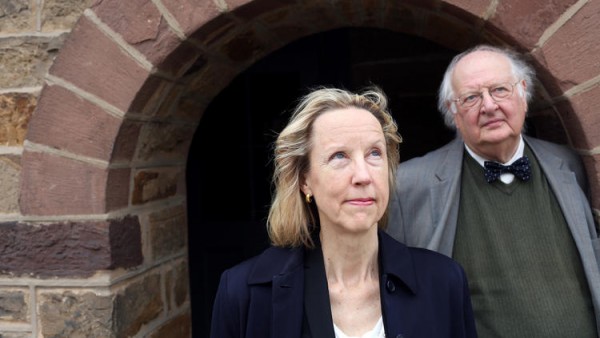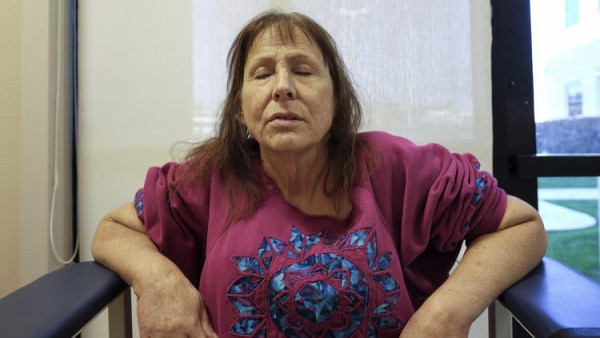By Joel Achenbach, Dan Keating

White women have been dying prematurely at higher rates since the turn of this century, passing away in their 30s, 40s and 50s in a slow-motion crisis driven by decaying health in small-town America, according to an analysis of national health and mortality statistics by The Washington Post.
Among African Americans, Hispanics and even the oldest white Americans, death rates have continued to fall. But for white women in what should be the prime of their lives, death rates have spiked upward. In one of the hardest-hit groups – rural white women in their late 40s – the death rate has risen by 30 percent.
The Post’s analysis, which builds on academic research published last year, shows a clear divide in the health of urban and rural Americans, with the gap widening most dramatically among whites. The statistics reveal two Americas diverging, neither as healthy as it should be but one much sicker than the other.
In modern times, rising death rates are extremely rare and typically involve countries in upheaval, such as Russia immediately after the collapse of the Soviet Union. In affluent countries, people generally enjoy increasingly long lives, thanks to better cancer treatments; drugs that lower cholesterol and the risk of heart attacks; fewer fatal car accidents; and less violent crime.
But progress for middle-aged white Americans is lagging in many places – and has stopped entirely in smaller cities and towns and the vast open reaches of the country. The things that reduce the risk of death are now being overwhelmed by things that elevate it, including opioid abuse, heavy drinking, smoking and other self-destructive behaviors.
White men are also dying in midlife at unexpectedly high rates. But the most extreme changes in mortality have occurred among white women, who are far more likely than their grandmothers to be smokers, suffer from obesity or drink themselves to death.
White women still outlive white men and African Americans of both sexes. But for the generations of white women who have come of age since the 1960s, that health advantage appears to be evaporating.
This reversal may be fueling anger among white voters: The Post last month found a correlation between places with high white death rates and support for GOP presidential candidate Donald Trump.
Public health experts say the rising white death rate reflects a broader health crisis, one that has made the United States the least healthy affluent nation in the world over the past 20 years. The reason these early deaths are so conspicuous among white women, these experts say, is because in the past the members of this comparatively privileged group have been unlikely to die prematurely.
Laudy Aron, a researcher with the Urban Institute, said rising white death rates show that the United States’ slide in overall health is not being driven simply by poor health in historically impoverished communities.
“You can’t explain it away as, ‘It’s those people over there who are pulling us down,’ ” Aron said. “We’re all going down.”
For this article, The Post examined death records from the Centers for Disease Control and Prevention, breaking the information down geographically, county by county, by level of urbanization and by cause of death.
Big cities and their suburbs – metropolitan areas of more than 1 million people – looked strikingly different from the rest of the country. The Post divided these populations into urban and rural categories, with the rural population encompassing smaller cities as well as small towns and the most remote places.

